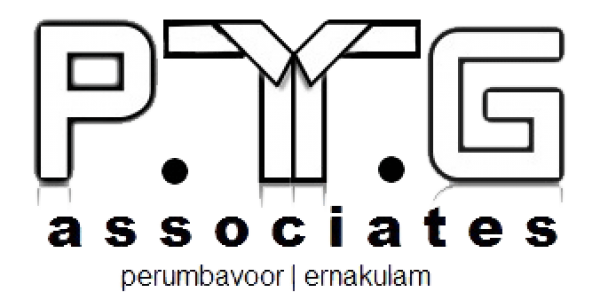Corona virus is changing everyone and everything. It is a good crisis that is causing lot of changes in the society, especially in the way people communicate, work and live. One place where the virus has caused a sea change is the Indian Judiciary.
On March 24th, 2020, when the national lock down was ordered, the judiciary was practically locked out. Later, when advocates and other stakeholders clamored for reopening of the courts, the Supreme Court, various High Courts and later lower courts started functioning through video-conferences and whatsapp group calls. Though the system had lot of teething troubles, it is slowly proving its efficiency, and has started taking roots as a superior system for administration of justice.
Now this post is about the two systems in which courts function now, during ‘Unlock 2.0’ of the Indian Democracy. In Kerala, courts are now functioning though Video-Conference/Whats-app Call, and also in normal mode through physical sitting. In Kerala High Court, admission matters are posted to Video-Conference Courts, whereas hearing matters are assigned to the Physical Courts. The two systems of VC-Courts and Physical -Courts are demanding the lawyers to work differently.
In Physical Courts, the advocates have to argue with mask on, whereas in VC-Courts the advocates have to argue with laptop and mic on. Both modes of submission of arguments have their own advantages and disadvantages.
In Physical Courts, with masks on, an advocate cannot see the expressions of the presiding officer to gauge the impact of his argument. It is like making arguments to a tree; there will no expression, but the mask. It is also difficult to hear what the judge says through the mask. The whole court proceedings would be masked by the masks. Then, the only advantage is that advocates can fraternize out the court, disregarding the mask.
In VC Courts, there are no masks, but mics and headphones. The expression of the judge can be seen up-close in the laptop. The court can be carried around wherever the lawyer wants. Arguments can be made candidly without the obstruction of masks. But there could be obstructions in the network. Background disturbances of errant participants. And it is impossible to pass documents and precedents to the judge, while arguing the case. I tried screen-sharing, but courts are not upto it, till now.
In short, both systems have their advantages and disadvantages. The ideal system could be a blend of the two, where VC – Arguments can be permitted along side the physical courts, for those lawyers/clients/witnesses who find it difficult to be present in the court. I hope, after the threat of covid-19, the judicial system will be revamped to accommodate the grains made during the pandemic.
